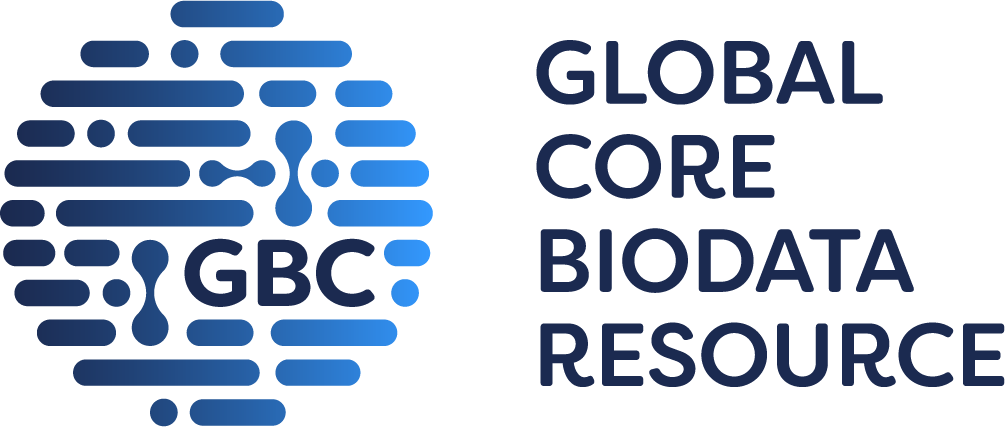craniofacial
taurodontia
(
J:363034
)
 |
• the lower second molar shows a high incidence of taurodontism with a large pulp chamber
|
 |
• mice have only two mandibular molars with the third molar missing
|
embryo
 |
• mice exhibit ectodermal dysplasia
|
endocrine/exocrine glands
 |
• mice exhibit no eccrine sweat glands in the footpads
|
hypohidrosis
(
J:363034
)
 |
• mice show a severe defect in sweating ability
|
growth/size/body
taurodontia
(
J:363034
)
 |
• the lower second molar shows a high incidence of taurodontism with a large pulp chamber
|
 |
• mice have only two mandibular molars with the third molar missing
|
integument
 |
• mice exhibit no eccrine sweat glands in the footpads
|
hypohidrosis
(
J:363034
)
 |
• mice show a severe defect in sweating ability
|
sparse hair
(
J:363034
)
 |
• mice have hairless tails and abdomen, a bald patch behind ears, and scant hair around the eyes
|
limbs/digits/tail
 |
• mice exhibit no eccrine sweat glands in the footpads
|
kinked tail
(
J:363034
)
 |
|
skeleton
taurodontia
(
J:363034
)
 |
• the lower second molar shows a high incidence of taurodontism with a large pulp chamber
|
 |
• mice have only two mandibular molars with the third molar missing
|
vision/eye
Mouse Models of Human Disease |
DO ID | OMIM ID(s) | Ref(s) | |
| ectodermal dysplasia 1 | DOID:0111664 |
OMIM:305100 |
J:363034 | |



 Analysis Tools
Analysis Tools
